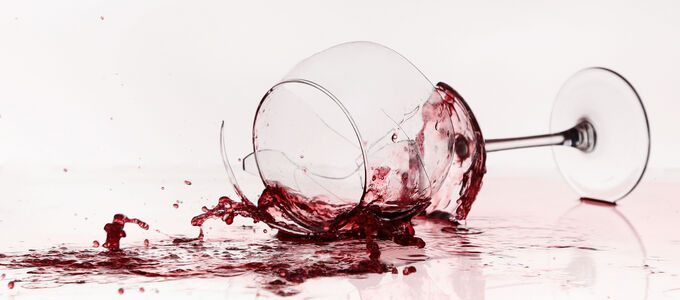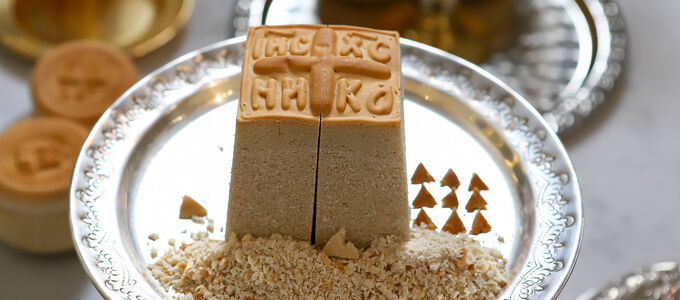
There is to be bread and wine at Holy Communion. Jesus said so. But what about children, people with allergies, and alcoholics? Will one of the two elements do the job just as well? Church history provides some answers.
It was number two on their list of demands: according to the reform movement of the Hussites in the fifteenth century, the Lord’s Supper must be offered “under both species”. This was in response to the normal practice in the Roman Church at the time, where only the priests consumed the wine, while the congregation had to be content with bread.
How the wine slowly disappeared from the menu
As strange as it sounds, such a division of elements was still regarded as serious sacrilege by Pope Gelasius I barely 1,000 years before. But a lot had happened in the meantime: there were now more and more believers and comparatively little wine. Beyond that, there were worries over using communal cups in times of epidemics and, above all, there was growing concern about dishonouring the elements of the Lord’s Supper.
After all, Apostle Paul had already drummed it into the Corinthians that anyone who handles the bread and wine in unworthy fashion is guilty of the body and blood of Christ. So it was that the celebration of Holy Communion underwent something of a transformation in the thirteenth and fourteenth centuries. The (sourdough) bread gave way to the (unleavened) wafer. And the wafers were no longer placed into the participants’ hands, but rather directly into their mouths. In addition, the wine was no longer given to the congregation, but was instead reserved solely for the priests.
An answer to a different question
The “celebration under one species” (communio sub una) was theologically approved by the Doctrine of Concomitance. According to this doctrine, the body and blood of Christ are both truly present in both the bread and in the wine. This doctrine came into being in the course of the eleventh and twelfth centuries—and this was in response to a completely different question, namely: could the wine be assigned exclusively to the blood and the bread be assigned exclusively to the body of Christ? The Doctrine of Concomitance says no. Rather, both are assigned to both.
A biblical justification for this was found in John 6: 48–58. In some verses here, Jesus speaks of His flesh and His blood, which must be eaten and drunk, respectively. But He also refers to Himself—or His body—without reference to blood as the bread that must be eaten in order to attain eternal life.
The two sides dig in their heels
However, the Roman Church only brought up the argument of concomitance when the earlier reformers surrounding Jan Hus began to campaign for the congregational celebration to be dispensed under both kinds (or species). And a biblical justification for the Doctrine of Concomitance was only put on record when the Reformers of Martin Luther’s time began their crusade against the elimination of the cup, about 100 years later.
And as is so often the case, it was only the dispute that cemented what was previously a fairly relaxed rule: church councils made communio sub una a compulsory part of the programme. And in their struggle against this idea, the various factions of the Reformation found a common cause that united them all.
Closer together again
Today, half a millennium later, the adversaries have long since had a rapprochement: since the 1960s, the Catholic Church has allowed bread and wine for all on special occasions, and even recommends this for special holy days. Since the year 2000 the Bishops have even been permitted to issue a general approval in their respective areas of responsibility. And the Protestant Church considers the celebration of Holy Communion with only one element to be an appropriate solution in justified exceptions.
One thing on which both sides agree is that even the individual element can impart the full effect of the sacrament. And that is precisely what the New Apostolic Church teaches in its Catechism, section 8.2.12: “However, as regards the elements of Communion it is not the case that the bread alone corresponds to the body of Christ and that the wine alone corresponds to the blood of Christ. Rather, the body and blood of Christ is completely present in each of the two elements.”
Photo: Yuriy Seleznev – stock.adobe.com














